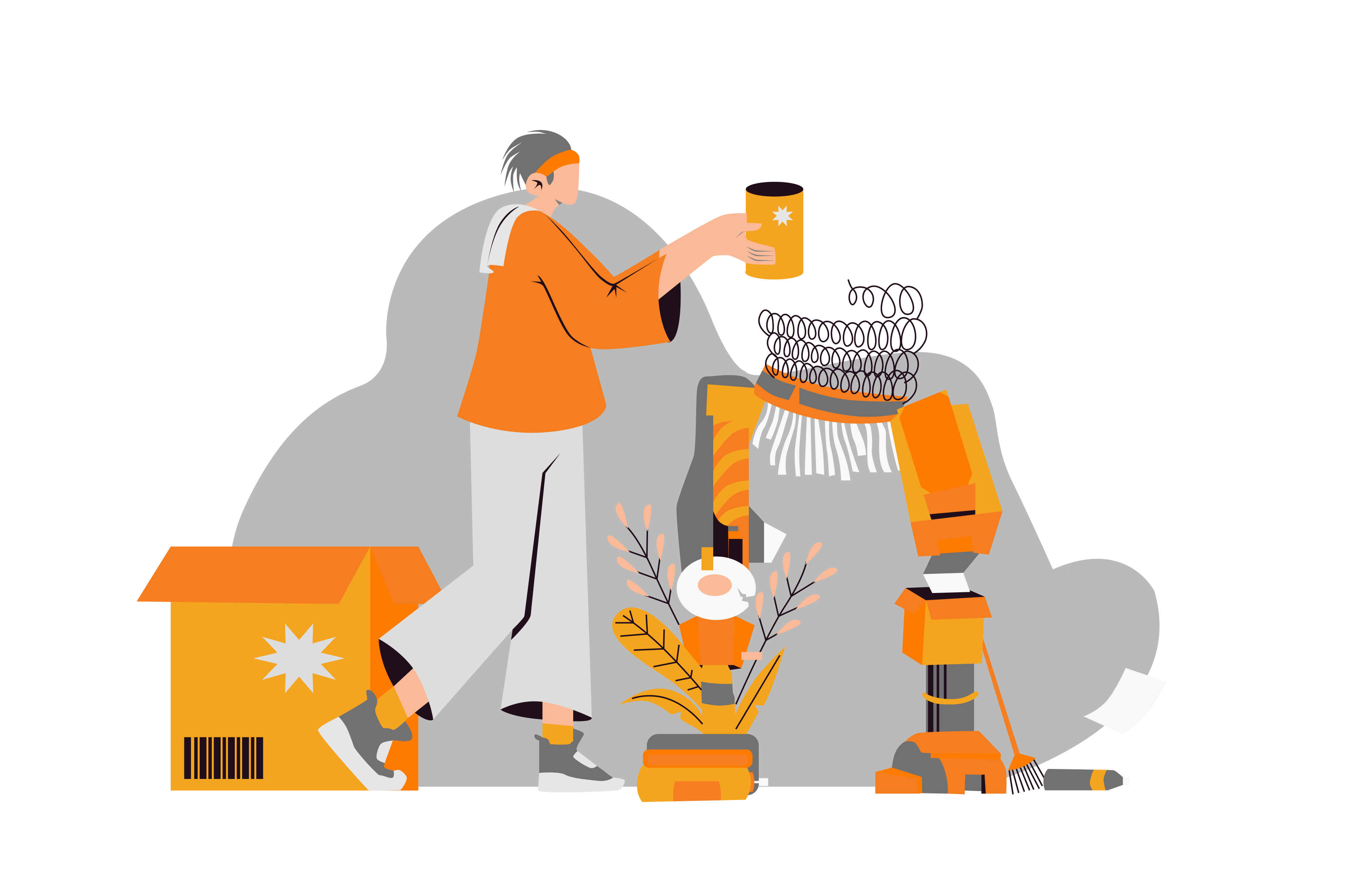Aug 15, 2023 • 2 min read
What is it and how to design a good user experience?

User experience (UX) refers to how a person perceives and interacts with a product, service, or system. In UX design, the main goal is to create a satisfying, intuitive and relevant experience for the user.
What is user experience?
We call user experience the perception and emotional response that a person has when interacting with a product, service, or system. It is the sum of all interactions and aspects related to the use of that product or service. This includes its usability, visual design, ease of use, efficiency, satisfaction and the overall emotional response it generates in the user.
In other words, user experience focuses on how a person feels and interacts when using a product or service. This involves considering aspects such as accessibility, utility, efficiency and visual aesthetics, with the aim of offering a satisfactory and relevant experience for the user. A good user experience is characterized by being intuitive, easy to use, attractive and that meets the expectations and needs of the user.
The design of the user experience seeks to optimize all points of contact between the user and the product or service, taking into account both functional and emotional aspects. This involves understanding the user, their goals, their motivations, and their challenges, to create solutions that provide a positive and meaningful experience.
Step-by-step UX design
To design a good user experience, it is important to consider several aspects. Here are some key considerations:
(01) User research: Start by understanding your users and their needs. Conduct interviews, surveys, and analyze data to gain insight into who your users are, how they use the product, or service, and what they want to accomplish. This research will help you make informed decisions during the design process.
(02) User-Centric Design: Put the user at the center of your design. Consider your goals, tasks, and context of use. Create user profiles and develop empathy towards them to better understand their needs and expectations. Use this information to design solutions that are useful, easy to use, and fit your users’ characteristics and skills.
(03) Information architecture: organizes information clearly and consistently. Create a logical, easy-to-navigate structure that allows users to find the information they need quickly and efficiently. Use intuitive categories, tags, and menus to make searching and exploring easier.
(04) Attractive visual design: The visual appearance of your product or service also influences the user experience. It uses an appropriate color palette, readable fonts and coherent visuals to provide an attractive and pleasant interface. Consider visual accessibility, such as proper contrast and readable font size to ensure that all users can interact with your design.
(05) Ease of use and navigation: Design intuitive interfaces that are easy to learn and use. It minimizes the user’s cognitive load by simplifying tasks and reducing the number of steps required to complete an action. Use clear and concise terms and labels. It incorporates consistent navigation elements and provides visual feedback to guide the user through the interface.
(06) Continuous testing and improvement: Perform usability testing and collect user feedback throughout the design process. This will allow you to identify areas for improvement and make adjustments to optimize the user experience. Continuous interaction based on user feedback is essential for a satisfactory and effective user experience.
In conclusion, user experience is crucial in the design of products and services, as it focuses on how users perceive, interact and feel when using them. To design a good user experience, you need to conduct thorough user research, consider their needs and expectations, create a clear and consistent information architecture, design an attractive and user-friendly visual interface, and perform continuous testing and improvements based on user feedback.
The goal is to deliver a satisfying, intuitive and relevant experience that meets users’ needs and expectations. By taking all these aspects into account during the design process, a positive and effective user experience can be generated, which in turn increases the user’s sense of feeling and the likelihood that they will continue to use the product or service. The user experience thus becomes a key differentiating factor in an increasingly competitive market.
Book a consultation
Let's start some incredible projects.
Let's innovate together!









